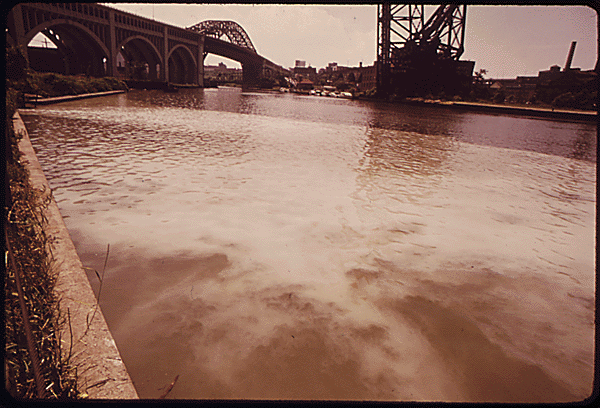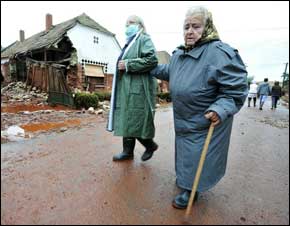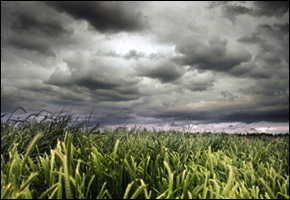Remember Zimbabwe? It’s Much Worse Now.
Friday was to mark the end of U.S. sanctions against Mugabe’s crippled Zimbabwe. President Obama, however, has announced a one year extension, saying threats to U.S. policy there remain “extraordinary.”
Although the world’s eyes have turned away from the cholera-ridden nation, disease continues to decimate thousands. In December, the World Health Organization (WHO) estimated that 60,000 were at imminent risk of infection. By Christmas 20,000 had contracted cholera and 1,000 had died.
But Zimbabwe has surpassed even the gravest predictions. Now the toll of infected Zimbabweans climbs past 87,000. Whereas initial cases were concentrated to urban areas, the disease has spread rampantly in rural regions as well. At least 4,000 people have died.
The country’s Prime Minister Morgan Tsvangirai claims that even these numbers are too low. The collapsed infrastructure and massive flood of refugees to South Africa make an accurate count nearly impossible.
There has been no improvement to water and sanitation access — two major underlying causes of exponentially high cholera rates. Most international aid organizations are banned from Zimbabwe. Only Doctors Without Borders (MSF) operates there, and with great difficulty. In their February 2009 report, they indicate treating 45,000 people and up to 75 percent of cases.
With little hope for cures domestically, infected persons are left with no choice but to flee. During the early phases of the outbreak, neighboring countries such as South Africa allowed Zimbabweans to cross their borders. But South Africa recently announced plans to shut down one of its border camps. The country has received millions of refugees.
While most of the refugees seek asylum, South Africa plans to grant few of the estimated three million the status. According to MSF, the country considers refugees from Zimbabwe as ‘voluntary economic migrants.’ This means only five percent are likely to receive asylum status.
“I am from Zimbabwe. I feel that the situation over there is not being taken serious enough. People are so hungry,” a Zimbabwean in South Africa told MSF. “When a Somali crosses the border, everybody understands why. Everyone has a picture of the war but this is not the case with Zimbabwe.”
Cholera is not the only crisis affecting Zimbabweans. The lack of infrastructure that caused the disease is also accompanied by a severe drought. In Sub-saharan Africa, February and March usually mark the peak of the ‘hunger season’ — a long stretch between harvests.
In Zimbabwe, hunger is worse than ever. Severe drought has ravaged most cultivated land, so few expect the next harvest to yield relief. With little food and no access to potable water, the future looks grim for the land-locked, sanctioned nation. For those suffering from HIV/AIDS the crisis is especially difficult. Poor nutrition and interrupted anti-retroviral (ARV) treatment lead to higher fatality rates, if not a surge in the numbers of Zimbabweans infected.
“The biggest problem for me today in Zimbabwe is the food situation,” a Zimbabwean man told MSF. “Some people start to live on wild fruits and eat nothing else – sometimes during a whole week.”
Read the full MSF report here.
Sources: MSF, BBC, allAfrica, Voice of America







Leave a Reply
Want to join the discussion?Feel free to contribute!